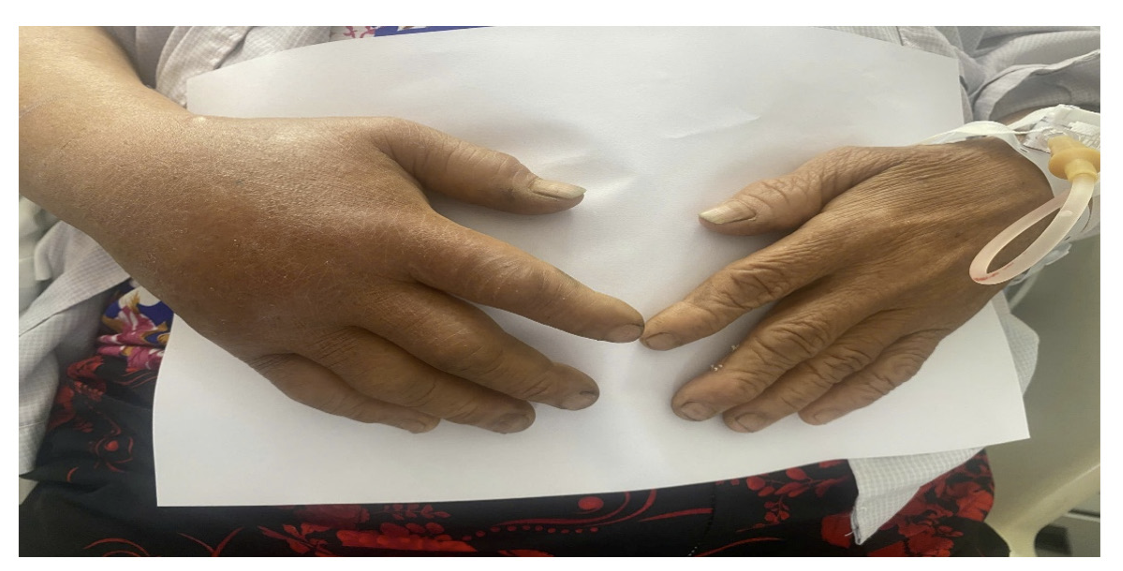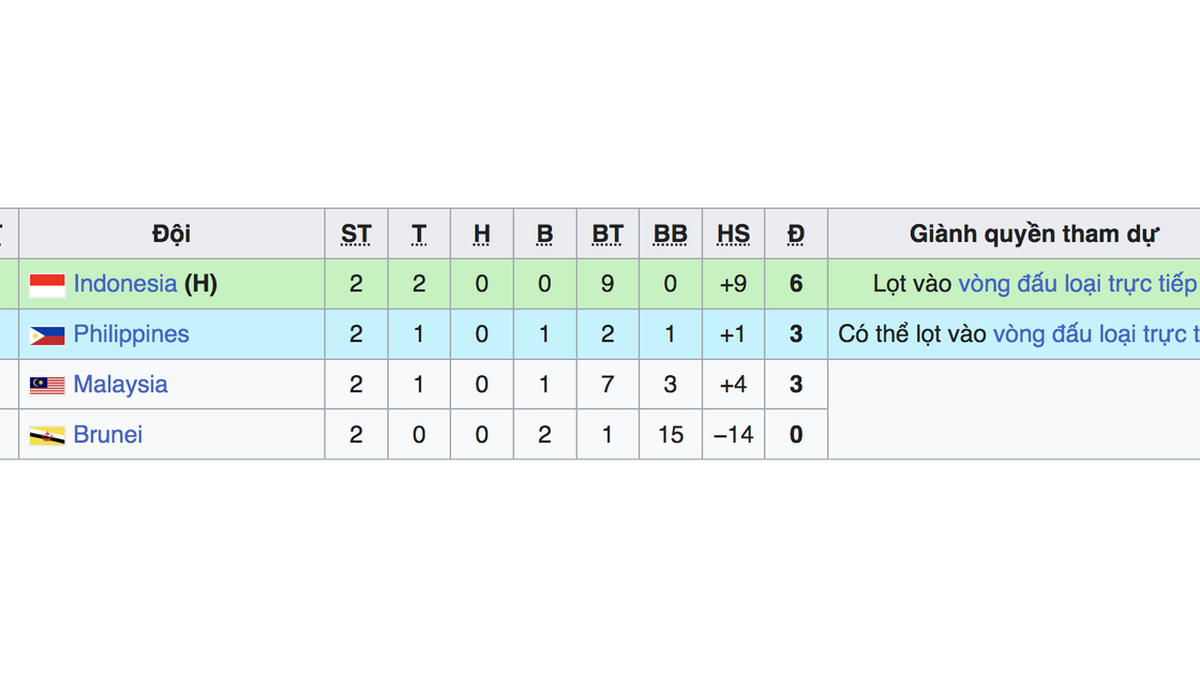Truong Son viper - Endemic snake species of Vietnam
Vietnam is a country with a diverse ecosystem, especially reptiles, with about 200 recorded species of snakes, of which about 30 are identified as venomous. Venomous snakes in Vietnam have a rich habitat, from high mountains, tropical forests, plains to even under the sea.
Among them are endemic snake species, found only in some areas of Vietnam with small numbers. These are all snake species listed as endangered and at risk of extinction. The Truong Son viper is one of those snake species.

An individual Truong Son viper with bright colors and beautiful patterns (Photo: Thomas Ziegler).
Truong Son viper, also known as Quang Binh viper, has the scientific name Trimeresurus truongsonensis. This is a species of viper family, first scientifically described in 2004.
The Truong Son viper is only found in Phong Nha - Ke Bang National Park, at an altitude of 500 to 600m. The name of this snake species is based on the location where it lives.
Many scientists believe that this snake species is also distributed in the northern region of Quang Tri province and Laos, but there is no evidence to support this.
Like other vipers, the Truong Son viper has a large triangular head, clearly distinct from the neck and body. In front of the snake's nose are heat-sensing pits, which help them determine the temperature of their prey for hunting at night.
The Truong Son viper is small in size. Adult males are about 52cm long, while females reach 65cm in length.
Although it belongs to the viper family, the Annamite viper does not possess the usual green scales, instead this snake is usually blue or light brown, with reddish-brown bands running across the length of its body. The snake's belly is gray or blue.
This is a beautiful and attractive looking snake, but don't let the patterns fool you as they possess dangerous venom.
Close-up of a Truong Son viper ( Video : Tarantulas Vietnam).
Lifestyle and diet of Truong Son viper
The Truong Son viper is very difficult to encounter, even in its habitat, partly because it is a rare snake with a small population, and partly because its body color helps it hide easily.
They are shy and usually try to hide when there is movement.

The Truong Son viper has a large head, clearly distinct from the neck and body (Photo: PNTK TV).
Most researchers' records indicate that Truong Son vipers can be found after heavy rains, when they lie in the sun on limestone blocks or in patches of sunlight under the canopy of trees and bushes.
The Truong Son viper rarely appears on the ground and spends most of its time hiding in the cracks of limestone blocks.
Like other vipers, the Annamite viper hunts at night. This helps them avoid the harsh daytime temperatures and potential predators in the wild. They feed mainly on small mammals, birds, lizards and frogs.
The Truong Son viper is an oviparous species, meaning that after being fertilized, the eggs will remain inside the mother snake's oviduct until they hatch into young snakes and emerge. This form of reproduction differs from giving birth in that there is no placental connection between mother and offspring and the mother's body does not provide gas exchange for the young.
How poisonous is the Truong Son viper?
Because the Truong Son viper is rare, there are very few recorded cases of humans being attacked by this snake.
However, according to a report published in the Southeast Asian Journal of Tropical Medicine and Public Health on May 17, doctors at Bach Mai Hospital (Hanoi) provided emergency care to a young man bitten by a Truong Son viper.
According to the article, a 20-year-old man from Hanoi caught a Truong Son viper while traveling in Quang Binh and brought it home as a pet. However, while feeding the snake, he was bitten on the right hand by the animal.
Doctors said that nearly 3 hours after being bitten by a snake, the victim was taken to the Poison Control Center of Bach Mai Hospital with pain and swelling at the bite site. This is a typical sign of being bitten by a species of the viper family.

The victim's right hand was swollen after being bitten by a Truong Son viper (Photo: Bach Mai Hospital).
The victim was then supported by doctors with intravenous fluids, a dose of tetanus antitoxin, and intravenous prophylactic clindamycin at a dose of 1,800 mg/day. The patient was not given antivenom. However, 48 hours after the snake bite, the victim was pain-free and blood tests were normal.
Conservation status of the Truong Son viper
Due to its rarity in the wild, the International Union for Conservation of Nature has classified the Truong Son viper in the Red Book, belonging to the group of endangered animals in the wild and in need of protection.
Source: https://dantri.com.vn/khoa-hoc/loai-ran-luc-chi-co-tai-viet-nam-so-huu-lop-vay-mau-sac-sac-so-20250524042449135.htm



































































































Comment (0)